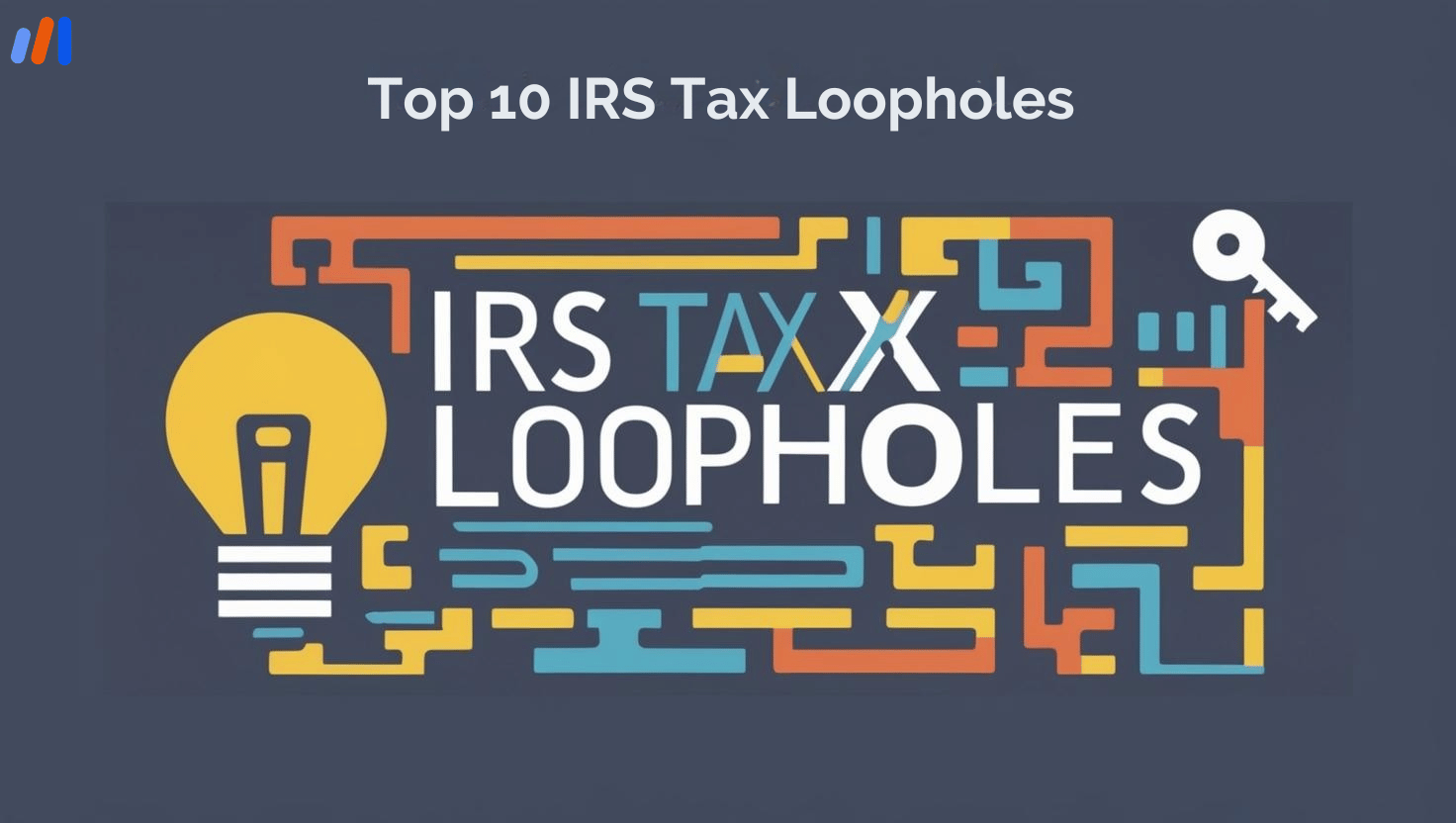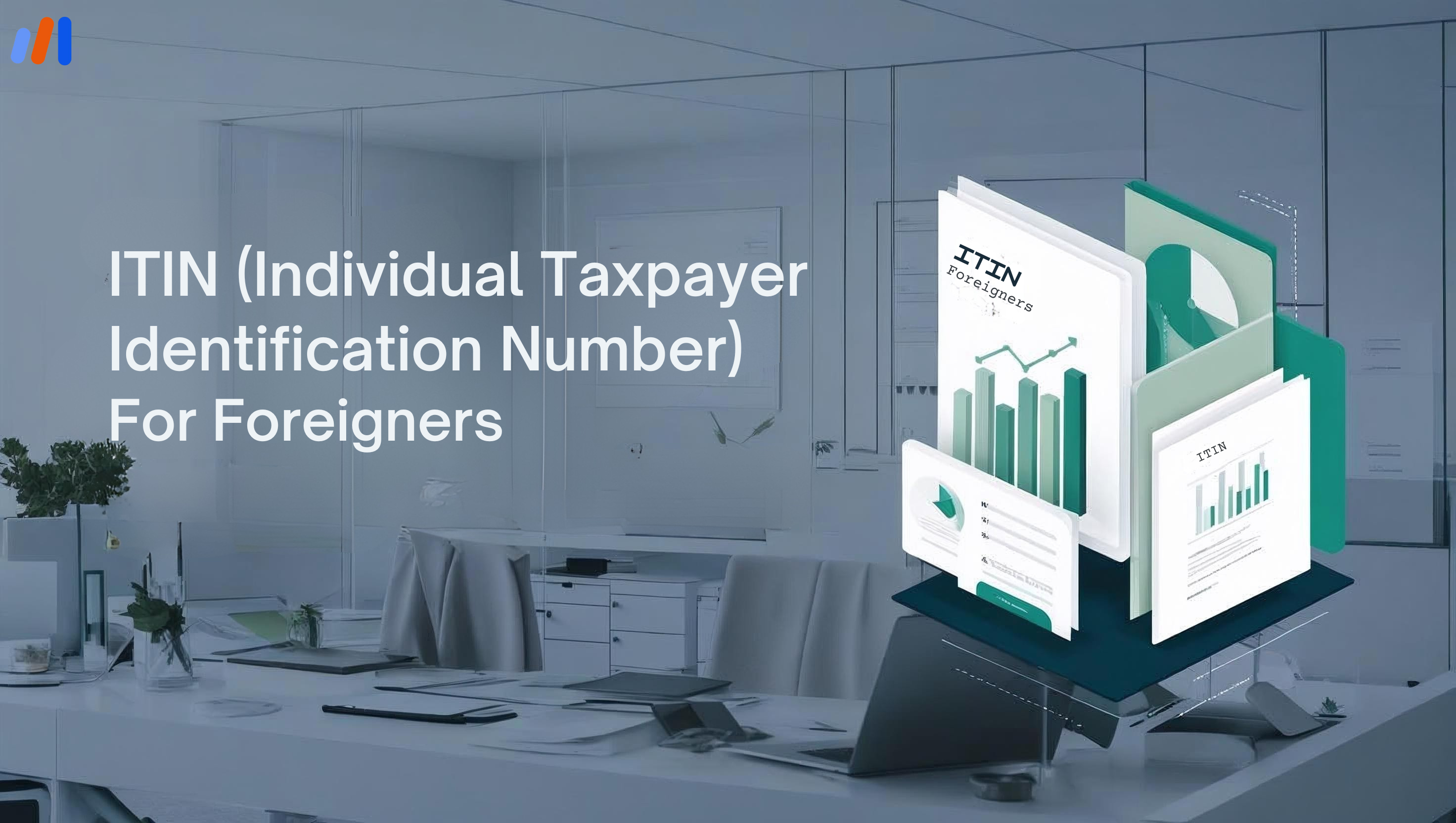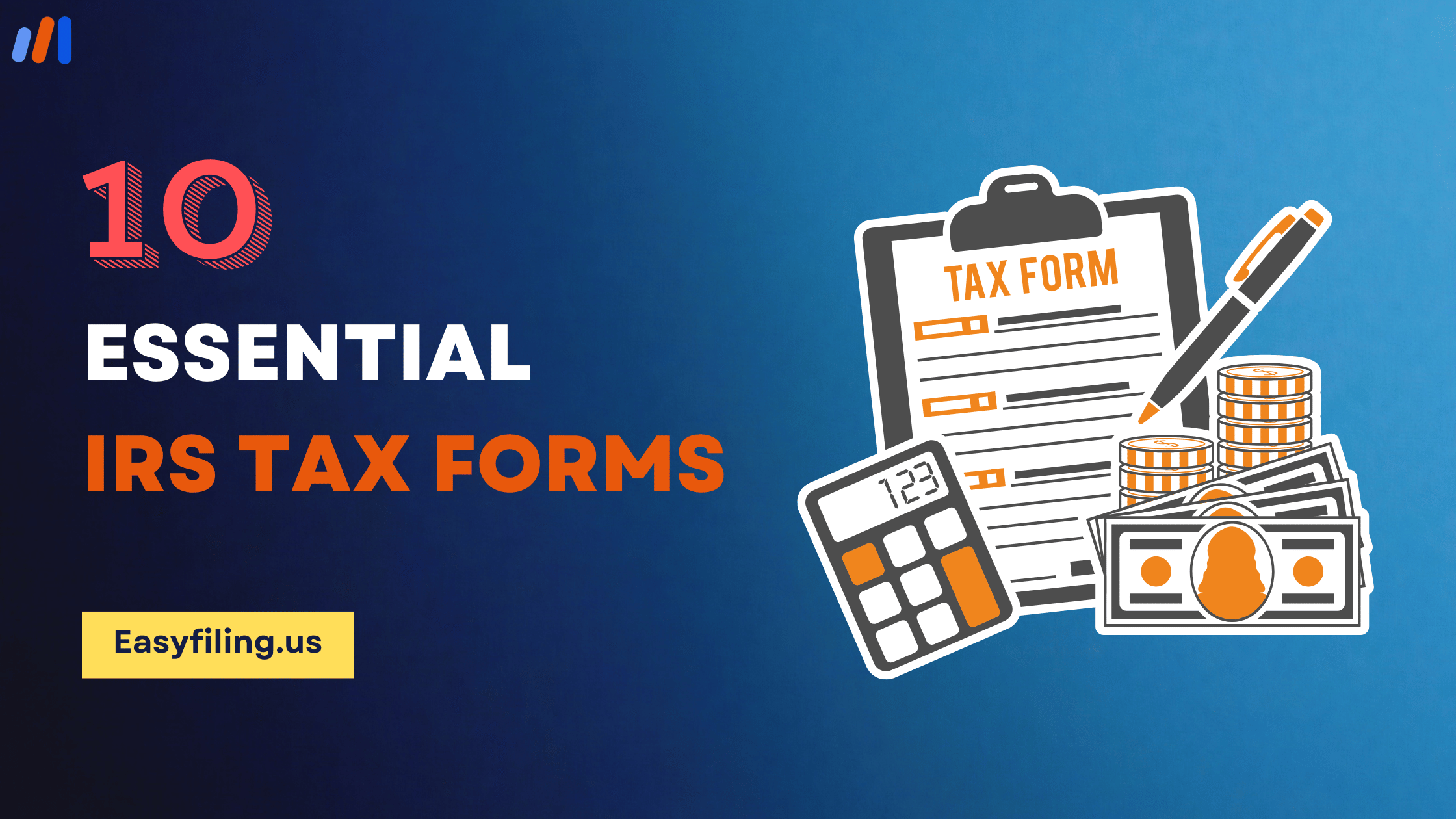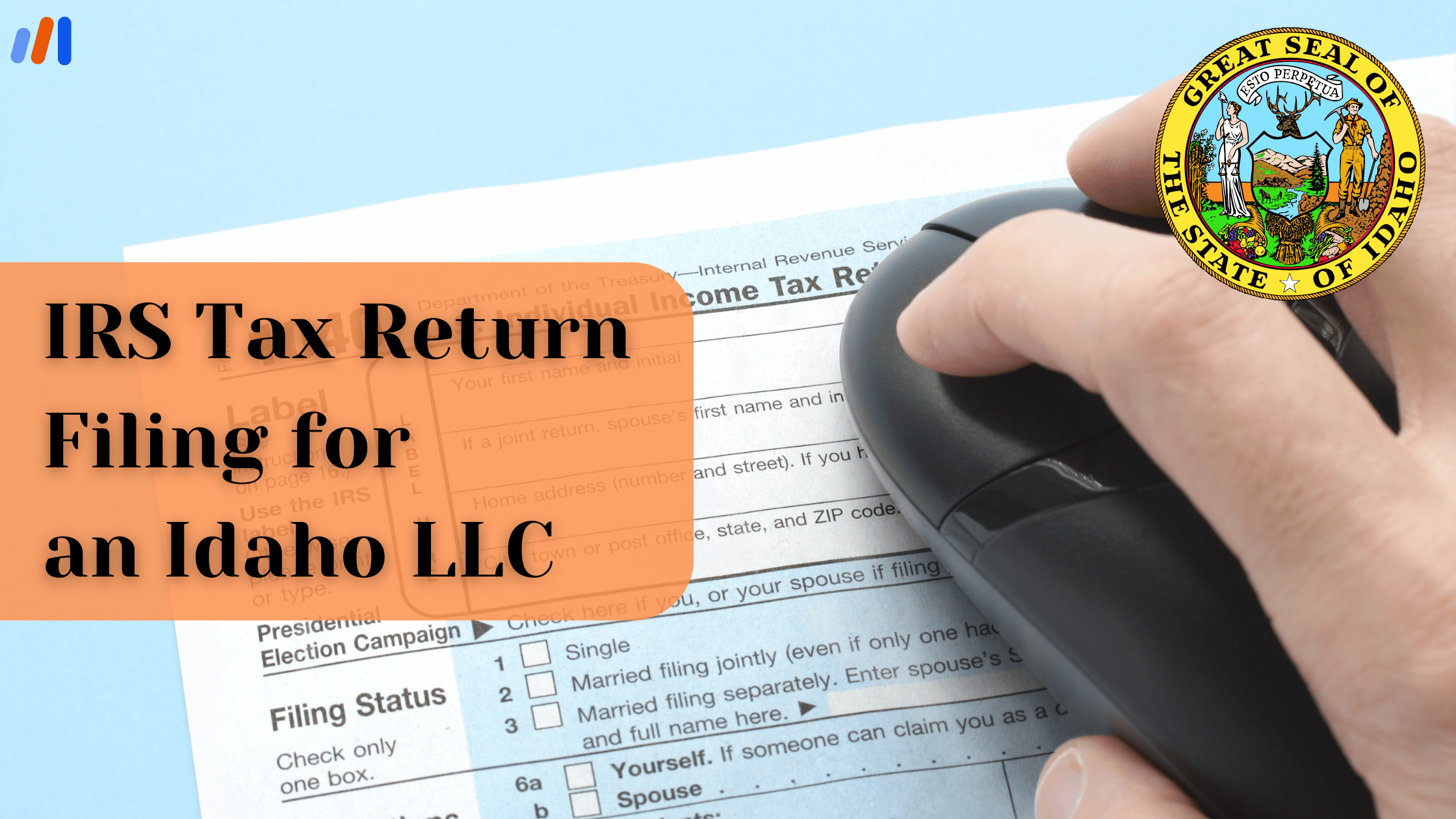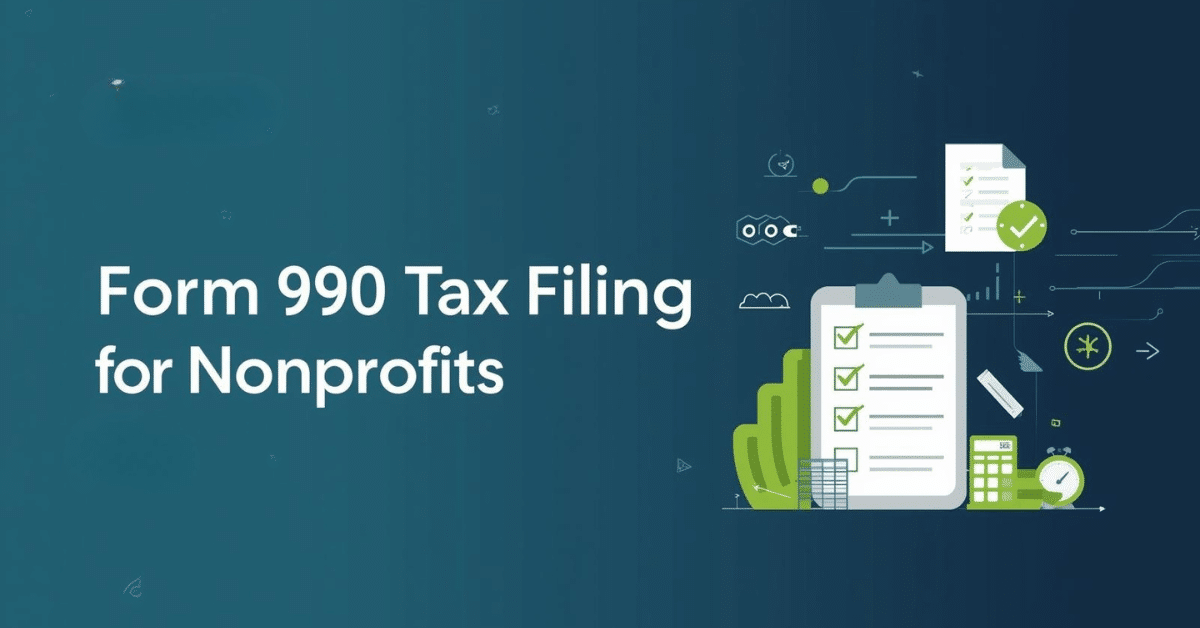Sure, you might be thinking to yourself how there is no way around the dreaded taxes but trust me, you are wrong.
There are indeed many strategies one can use to minimize the amount that they owe the IRS. As a business owner, you have the option to write off previously taken expenses to lessen the company’s gross income.
Although the word “loophole” is associated with negative attributes, most of these strategies are legal and are perfectly fine under the arms of the law.
Here are some practical examples of ways of reducing taxable income legally that are approved by the IRS.
1. Contribute to Retirement Accounts
You can shelter the highest amount of income by investing in a retirement plan such as a 401(k) or an IRA (Individual Retirement Account).
Just like other traditional retirement accounts, these tend to be tax-free. What does this mean for you? Well, you will not have to pay any taxes on the income that you deposit until you’re old and gray and ready to cash out.
- 401(k): You will be taxed lower for the year, in addition, everything will still grow tax deferred. If you’re under 50, the limit is $22,500 and for those who are older than 50, it’s $30,000.
- Traditional IRA: If you put in contributions to a traditional IRA, then everything is tax deductible. Keep in mind though, this plan in 2025 has a ceiling set at $6,500, and for those over 50, it’s capped at $7,500.
2. Take Advantage of Tax-Deferred Growth Accounts
Some investment accounts such as Health Savings Accounts and 529 College Savings Plans allow the money made from investments to go untaxed until it is withdrawn. Additionally, in certain circumstances, if the money is withdrawn for a qualified purpose, then it can be tax-free.
- Health Savings Account (HSA): If you have a high-deductible health insurance plan, you can open an HSA account. Money contributed to an HSA account is deducted from your taxable income, hence making it tax-free. The money in the account grows tax-deferred, and any qualified medical expenses paid via the account are tax-free.
- 529 Plan: Contributions to a 529 College Savings Plan, while beneficial, do not allow for tax deductions at the federal level. The funds, however, can be withdrawn for qualified educational purposes without paying any taxes.
3. Claim Business Deductions for the Self-Employed
Self-employed individuals have plenty of tax deductions to take advantage of that can help to lower total taxable income. This is a breakdown of some of the most commonly used:
- Home Office Deduction: If you maintain a portion of your house or apartment that is exclusively used for your business, then you can write off a portion of your mortgage or rent, utilities, and other related expenses.
- Business Expenses: Supplies, equipment, travel, and marketing needed to run a business will all qualify as deductible expenses.
- Self-Employment Tax Deduction: It’s possible to deduct the self-employment tax that you are required to pay for yourself which is usually 50% of self-employment tax.
4. Take Advantage of Depreciation
If you possess any property or assets that pertain to your business, you may be able to write off the purchase price as an expense over several years. Depreciation is the process whereby you can deduct the cost associated with an asset in a business over time.
When it comes to depreciation, the IRS has certain guidelines. The most common is the Modified Accelerated Cost Recovery System (MACRS), allowing the owner to depreciate the property quicker in the first few years of ownership.
5. Use Tax Loss Harvesting
Taxable accounts may allow you to benefit from e-selling unprofitable investments to minimize the tax on the profit made from other investments.
This approach is referred to as tax loss harvesting. Realised losses reduce the overall capital, thus reducing the amount of tax that needs to be paid, and in turn, increasing the amount of remaining income.
If, however, your total losses are greater than the profits accumulated, you can offset up to $3,000 towards other earnings such as salary.
6. Take the Standard or Itemized Deductions
The taxpayer has the liberty to choose between taking standard deductions to their taxes or itemizing their deductions. As for 2025, the standard deduction is set at $27,700 for single filers and $55,400 for married couples filing jointly.
It is possible to further decrease your taxable income if your itemized deductions surpass the standard deduction. Common itemized deductions are as follows:
- Interest on Properties Mortgages
- State taxes and local taxes not exceeding $10,000
- Donation to Charity
- Medical Expenses not less than 7.5% of AGI
7. Make Charitable Contributions
The donation towards approved charities can give you a tax deduction and help with a good cause. Remember that the donation needs to be documented properly and contributions are eligible only if made to IRS-approved organizations.
Donor-Advised Funds: DAFs are perfect for those willing to make larger donations, as it means making a contribution once and distributing smaller parts over time. This means you can use the tax write-off in the year you donate.
8. Take Advantage of the Child Tax Credit
If you have kids aged below 17 years you might be eligible to claim Child Tax Credit which minimizes a parent’s tax obligation by up to $2000 for each qualifying child.
The credit phases out for those with very high earnings, but it can still serve as a useful tax benefit for families.
9. Claim Education Tax Credits
If you’re enrolled in any higher educational program or spending for your child’s education, you might be eligible for one of the two major education tax credits:
- American Opportunity Credit: This credit offers up to 2500 per year for the first 4 years of college.
- Lifetime Learning Credit: This credit provides up to $2000 per year for all years of college.
10. Utilize the Estate and Gift Tax Exclusion
If you’re looking to pass on wealth to your family, there is an estate and gift tax exclusion by the IRS that individuals can claim. This enables anyone to give away up to $17,000 (in 2025) to as many people as they want each year without having to pay any gift tax.
In addition, the lifetime estate and gift tax exemption amounted to 12.92 million per person in 2025 is equally generous.
How EasyFiling Can Help in Tax Filing
Filing taxes isn’t easy, but EasyFiling makes it easy for working individuals and businesses alike. Here is what we can do for you:
Tax Experts: At EasyFiling, we provide tax experts who are ready to help you lessen your tax obligations by making sure that all deductions and credits are applied.
Hassle-free Filing Process: Our platform is straightforward and makes it easy for you to collect supportive documents, fill in forms, and submit everything on time, every time.
Claim All Deductions: Business expenditures, retirement savings, and a plethora of tax credits are just waiting to be claimed if you know who to talk to. EasyFiling will ensure that you claim all eligible deductions.
Never Miss a Deadline: Never be late with tax obligations again. EasyFiling will ensure that you file everything on time, even for self-employed individuals who must file independently.
Internationally Accessible: Expatriates and foreign business people, EasyFiling will help you comply with US tax obligations from any location in the world.
EasyFiling makes it easier for businesses to practically minimize any tax compliance while ensuring that every obligation to the IRS is met.
Summary
Adhering to laws is important, but there are British legal strategies that can help you effectively minimize your taxes.
You’re able to lower your tax bill through retirement accounts, business write-offs, tax credits, and lots of other planning strategies.
Make sure you work with a qualified tax advisor to maximize your deductions and remain compliant with IRS regulations.
File Your LLC Today
25$ off with a coupon
Lock in EasyFiling's transparent rates and get lifetime compliance support at no extra cost.
Get Started Now